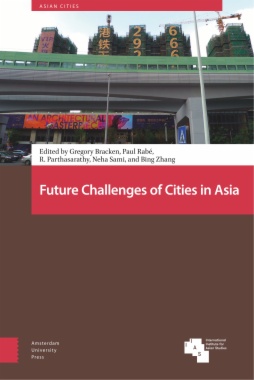Notes to Literature is a collection of the great social theorist Theodor W. Adorno’s essays on such writers as Mann, Bloch, Hölderlin, Siegfried Kracauer, Goethe, Benjamin, and Stefan George. It also includes his reflections on a variety of subjects, such as literary titles, the physical qualities of books, political commitment in literature, the light-hearted and the serious in art, and the use of foreign words in writing. This edition presents this classic work in full in a single volume, with a new introduction by Paul Kottman.
- Table of Contents
- Introduction to the Combined Edition, by Paul A. Kottman
- Volume 1
- Translator’s Preface, by Shierry Weber Nicholsen
- Editorial Remarks from the German Edition, by Rolf Tiedemann
- Part I
- 1. The Essay as Form
- 2. On Epic Naiveté
- 3. The Position of the Narrator in the Contemporary Novel
- 4. On Lyric Poetry and Society
- 5. In Memory of Eichendorff
- 6. Heine the Wound
- 7. Looking Back on Surrealism
- 8. Punctuation Marks
- 9. The Artist as Deputy
- Part II
- 10. On the Final Scene of Faust
- 11. Reading Balzac
- 12. Valéry’s Deviations
- 13. Short Commentaries on Proust
- 14. Words from Abroad
- 15. Ernst Bloch’s Spuren
- 16. Extorted Reconciliation: On Georg Lukács’ Realism in Our Time
- 17. Trying to Understand Endgame
- Volume 2
- Translator’s Preface, by Shierry Weber Nicholsen
- Editorial Remarks from the German Edition, by Rolf Tiedemann
- Part III
- 18. Titles: Paraphrases on Lessing
- 19. Toward a Portrait of Thomas Mann
- 20. Bibliographical Musings
- 21. On an Imaginary Feuilleton
- 22. Morals and Criminality: On the Eleventh Volume of the Works of Karl Kraus
- 23. The Curious Realist: On Siegfried Kracauer
- 24. Commitment
- 25. Presuppositions: On the Occasion of a Reading by Hans G. Helms
- 26. Parataxis: On Hölderlin’s Late Poetry
- Part IV
- 27. On the Classicism of Goethe’s Iphigenie
- 28. On Dickens’ The Old Curiosity Shop: A Lecture
- 29. Stefan George
- 30. Charmed Language: On the Poetry of Rudolf Borchardt
- 31. The Handle, the Pot, and Early Experience: Ui, haww’ ich gesacht
- 32. Introduction to Benjamin’s Schriften
- 33. Benjamin the Letter Writer
- 34. An Open Letter to Rolf Hochhuth
- 35. Is Art Lighthearted?
- Notes
- Index

